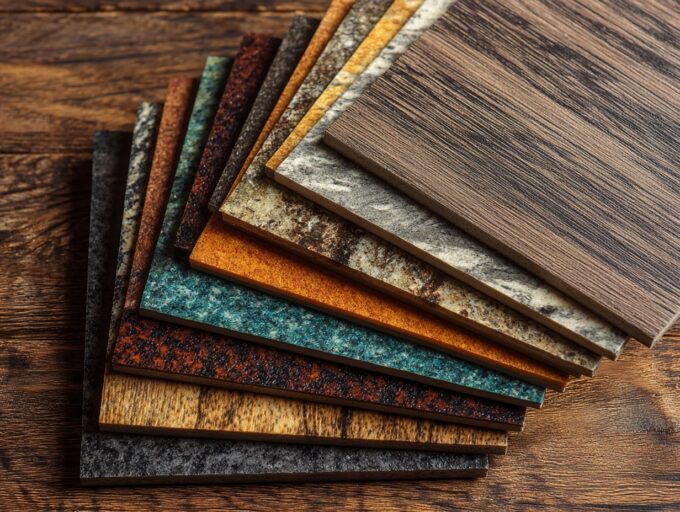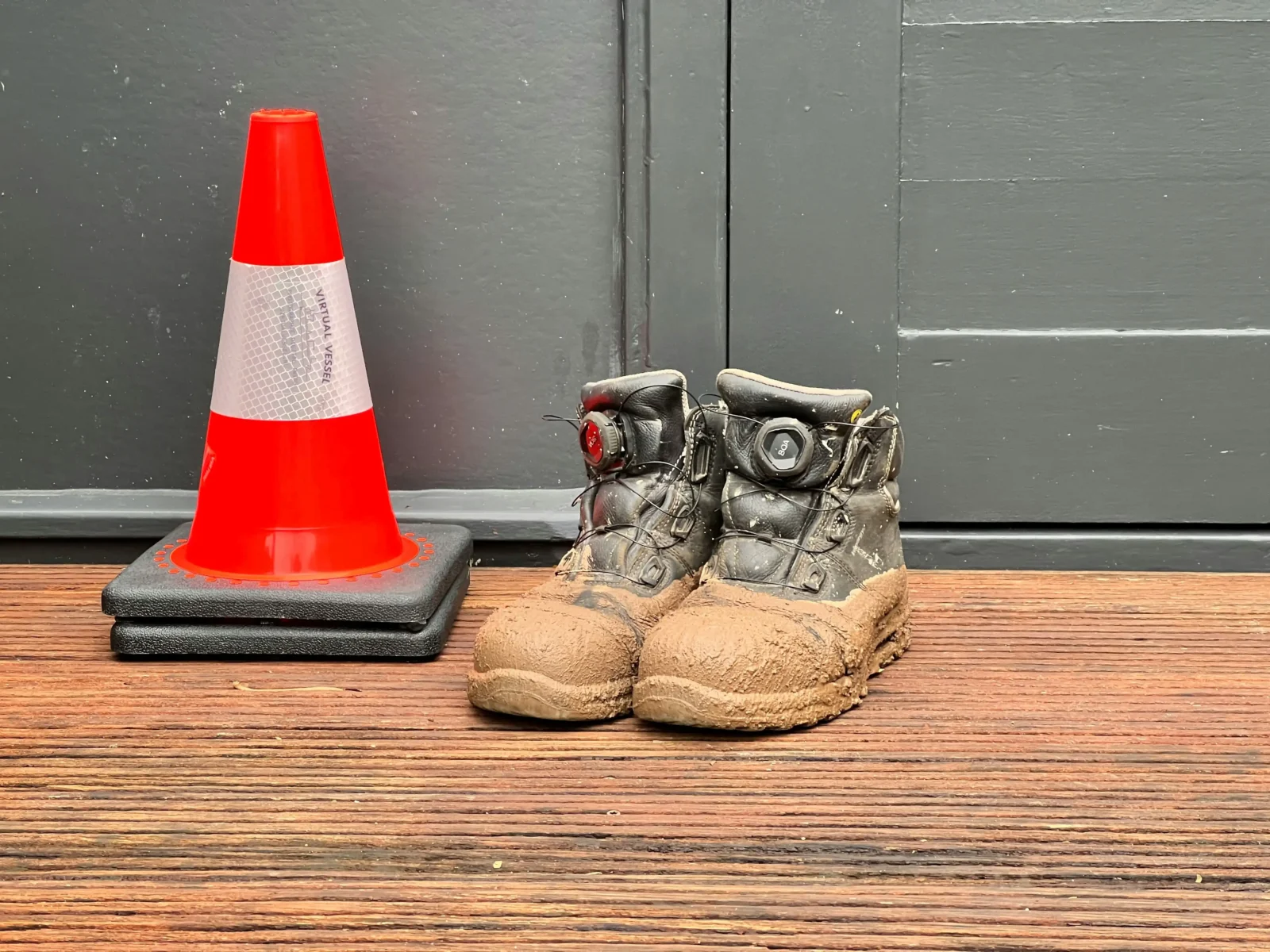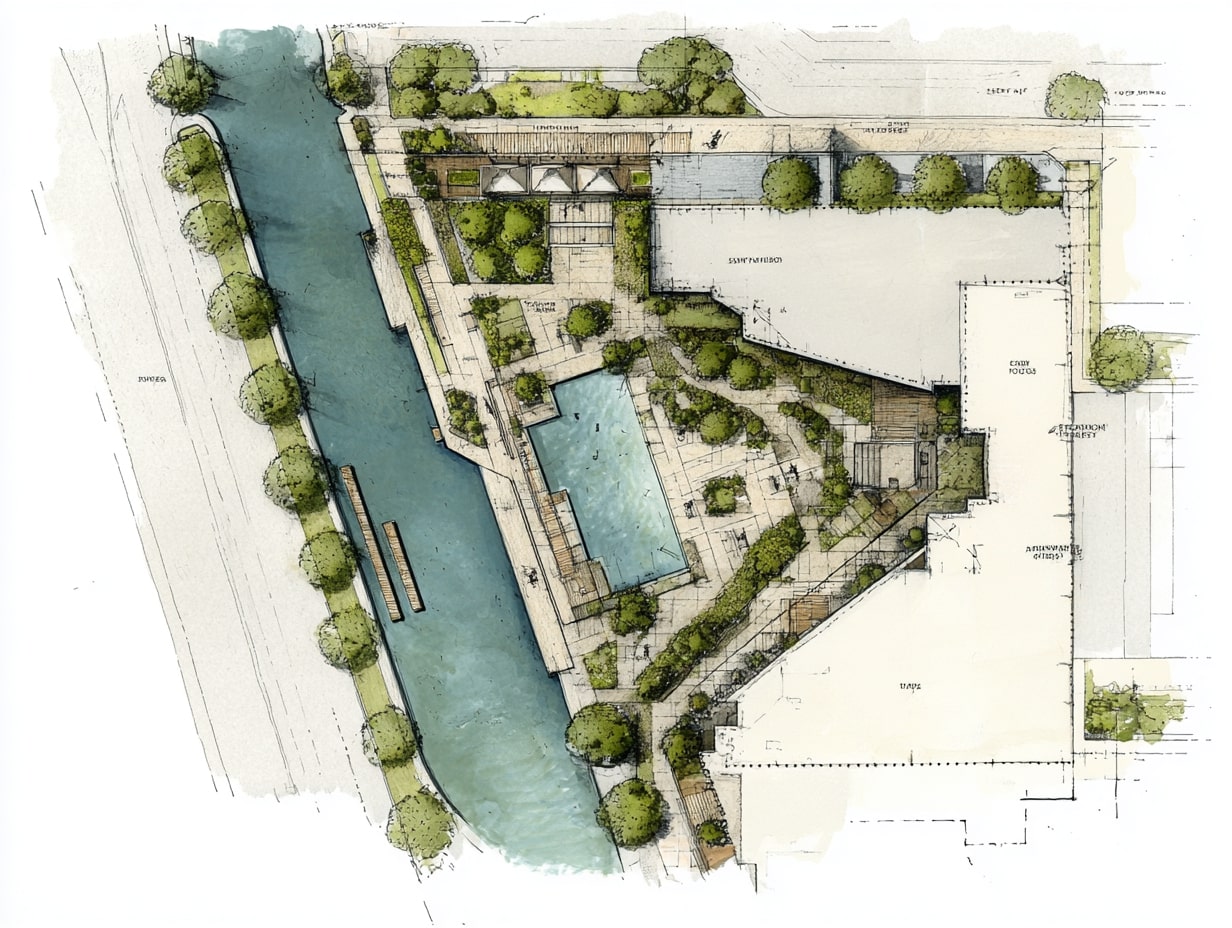- Home
- Articles
- Architectural Portfolio
- Architectral Presentation
- Inspirational Stories
- Architecture News
- Visualization
- BIM Industry
- Facade Design
- Parametric Design
- Career
- Landscape Architecture
- Construction
- Artificial Intelligence
- Sketching
- Design Softwares
- Diagrams
- Writing
- Architectural Tips
- Sustainability
- Courses
- Concept
- Technology
- History & Heritage
- Future of Architecture
- Guides & How-To
- Art & Culture
- Projects
- Interior Design
- Competitions
- Jobs
- Store
- Tools
- More
- Home
- Articles
- Architectural Portfolio
- Architectral Presentation
- Inspirational Stories
- Architecture News
- Visualization
- BIM Industry
- Facade Design
- Parametric Design
- Career
- Landscape Architecture
- Construction
- Artificial Intelligence
- Sketching
- Design Softwares
- Diagrams
- Writing
- Architectural Tips
- Sustainability
- Courses
- Concept
- Technology
- History & Heritage
- Future of Architecture
- Guides & How-To
- Art & Culture
- Projects
- Interior Design
- Competitions
- Jobs
- Store
- Tools
- More

As the world around us evolves, so do our living spaces. Staying ahead of home design trends is crucial for creating environments that look stunning and enhance our daily lives. In this ever-changing landscape, we’ll explore the latest trends that are shaping the future of interior design, from embracing texture and dimension to integrating cutting-edge technology.
Table of Contents
ToggleEmbrace Texture and Dimension
One of the most prominent trends in modern home design is the move towards more textured and dynamic spaces. We’re moving away from flat, monotonous surfaces. Today, homeowners seek to create depth and visual interest by integrating three-dimensional patterns in wood, stone, and other materials.
According to a recent American Institute of Architects study, over 87% of homeowners prioritize time inside their building, making the built environment they inhabit. This trend encompasses more than aesthetics; it involves manipulating light and shadow to infuse rooms with movement and energy.
Texture and dimension can transform a space from ordinary to extraordinary. Texture adds depth, character, and a tactile element, inviting interaction with your surroundings. If you’re looking for a reputable home builder that can help you incorporate solutions, check out https://www.betenbough.com/.
Another way to embrace texture and dimension is through the use of handcrafted and artisanal details. From embroidered throw pillows to hand-stitched textiles, these elements add a personal touch and a sense of uniqueness to any home.
Color Trends and Material Choices

While texture sets the stage, color breathes life into our living spaces. This year, the trend leans toward earthy and natural tones, offering both comfort and style. Shades of brown and green, such as Evergreen Fog and various warm browns, are expected to dominate the color palette, creating a grounded and serene atmosphere.
According to Foyr, a leading interior design platform, homeowners prefer using natural and earthy hues in their homes. These colors not only evoke a sense of harmony with nature but also provide a versatile backdrop for incorporating various textures and materials.
Speaking of materials, terracotta and other ceramics are making a comeback, particularly for flooring and accent pieces. Their natural, rustic appeal and durability make them popular choices for homeowners seeking a timeless and low-maintenance aesthetic.
Reimagining Spaces with Strategic Furniture Choices
As we rethink our interior spaces, furniture plays a crucial role in functionality and style. One trend that is gaining traction is the incorporation of built-in furniture, such as sofas and shelves, particularly in awkward nooks or under-utilized corners. This not only maximizes space but also creates a seamless and cohesive look.
According to the survey, 58% of homeowners consider built-in furniture solutions when renovating or designing their homes. These integrated pieces can serve multiple purposes, from providing ample storage to creating cozy reading nooks.
Another furniture trend that is making waves is the revival of corduroy and velvet fabrics. These textured materials not only add a touch of vintage charm but also offer unparalleled comfort and tactile appeal. Whether used for upholstery or accent pieces, these fabrics can instantly elevate the overall aesthetic of a space.
Innovative Use of Outdoor Elements
As we strive to create more holistic living environments, the integration of outdoor elements has become a significant trend. Sensory gardens, for instance, are designed to engage all five senses, promoting overall wellness and enhancing the aesthetic appeal of our homes.
A study by the Global Wellness Institute revealed that incorporating sensory elements into outdoor spaces can contribute to improved mental and physical health. By incorporating a mix of colors, textures, and scents, these gardens create a truly immersive experience.
Another way to bring the outdoors in is through the use of large windows and indoor plants. Not only do they provide natural light and a biophilic touch, but they also have been shown to reduce stress levels and improve air quality.
Adaptive Design for Multifunctional Living
In the ever-evolving world we live in, our homes are no longer just places to live; they are places to work, learn, and play. Adapting our spaces to meet these multifunctional needs has become a top priority for homeowners and designers alike.
One trend that addresses this need is the resurgence of house plans. While open-concept designs were once the norm, the need for privacy and dedicated spaces has led to a shift towards more compartmentalized layouts.
Another trend that supports multifunctional living is the rise of multipurpose kitchen islands. These islands serve as hubs for cooking, dining, and even socializing, often equipped with features like beverage fridges and ample seating. A survey by the National Kitchen and Bath Association found that 48% of homeowners prioritize having a multifunctional island in their kitchen.
High-Tech Integration and Sustainable Solutions
In an era where flexibility and convenience are paramount, technology offers solutions that make our homes smarter and more sustainable. From voice-controlled assistants to automated lighting and temperature controls, the integration of smart home features is becoming increasingly prevalent.

According to a report, the market for smart home devices is expected to reach $163.7 billion by 2028, driven by the growing demand for energy-efficient and convenient living solutions.
Alongside technological advancements, sustainable materials and practices are also gaining traction in home design. The use of eco-friendly materials, such as bamboo and recycled plastics, not only reduces our environmental footprint but also adds a unique and modern touch to our living spaces.
A report by the U.S. Green Building Council revealed that homes with sustainable features can reduce energy consumption by up to 43% and water consumption by up to 12%.
Utilizing Vintage and Classic Elements
While we embrace modern technologies and sustainable practices, let’s not forget the charm and history that vintage and classic elements bring to our spaces. The trend of incorporating vintage home decor pieces and antique furnishings is on the rise, creating a rich and layered aesthetic that adds character and depth to any home.
Homeowners seek to incorporate vintage elements into their interior design to achieve a unique and timeless look. These pieces not only add visual interest but also serve as conversation starters, telling the stories of bygone eras.
Conclusion
In the dynamic world of home design, staying ahead of the curve is essential for creating living spaces that look stunning and enhance our daily lives. By embracing texture and dimension, experimenting with earthy tones and natural materials, and integrating innovative elements like sensory gardens and smart home features, you can create a home that truly reflects your style and the latest design trends.

Remember, the key to staying on-trend is to strike a balance between embracing the latest innovations and honoring timeless design principles. Blend trendy elements with classic pieces, and don’t be afraid to experiment with bold, unexpected combinations. By doing so, you’ll create a home that is not only fashionable but also uniquely yours.
As you embark on your journey to stay ahead of home design trends, remember to have fun and let your creativity shine. Surround yourself with textures, colors, and materials that inspire and energize you. After all, your home should be a place that reflects your style and enhances your overall well-being.
So, what are you waiting for? Embrace the latest trends and create a living space that truly captivates and delights. Stay ahead of the curve, and let your home be the envy of all who enter.
Frequently Asked Questions
1. How do I incorporate trends without compromising my personal style?
Balancing trends with personal style is crucial. Start by identifying your design preferences whether you lean toward minimalism, maximalism, or a specific color palette. Then selectively integrate trends that align with your aesthetic. For instance, if you love Scandinavian design, explore how the current trend of warm, earthy tones can enhance your space without overpowering it.
2. What if I’m on a budget? Can I still stay ahead of trends?
Absolutely! Staying ahead doesn’t require a complete overhaul. Focus on small updates that pack a punch. Swap out pillows, add trendy accessories (like a statement lamp or textured rug), or experiment with removable wallpaper. These cost-effective changes keep your home fresh without breaking the bank.
3. How can I predict upcoming trends before they become mainstream?
Keep your finger on the pulse of design by following industry experts, attending design fairs, and monitoring influential designers and brands. Social media platforms like Instagram and Pinterest are treasure troves of emerging trends. Additionally, explore niche blogs and design forums where early adopters discuss what’s on the horizon. Remember, trendsetting involves being proactive, not reactive.
illustrarch is your daily dose of architecture. Leading community designed for all lovers of illustration and #drawing.
Submit your architectural projects
Follow these steps for submission your project. Submission FormLatest Posts
Understanding Site Safety Footwear in Architectural Practice
Architecture is often discussed through drawings, models, and finished buildings, yet a...
General Arrangement Drawings in Architecture: The Backbone of Clear Design Communication
General Arrangement Drawings explained: what they are, when to use them, how...
The Ultimate Guide to Fencing in North Dakota: Choosing the Best Fence for Your Property
Watching a chain link fence twist in 70 mph winds near Minot...
Gaudí: Where Architecture Meets Science
Gaudí: Where Architecture Meets Science shows catenary arches, ruled surfaces, and biomimicry...












Leave a comment